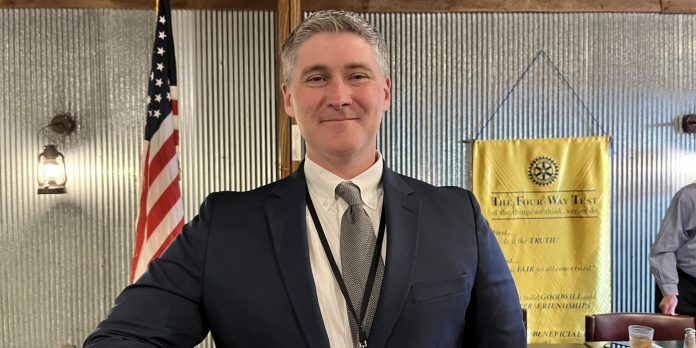HUNTSVILLE – The number of influenza cases reported to medical officials increases at this time each year. That’s not unusual. But now, there’s something else to keep and eye on this year and each one that follows for the foreseeable future – coronavirus.
Specifically, it’s COVID-19. And don’t forget Respiratory Syncytial Virus (RSV).
Yes, COVID is the newest C-word. Cancer is obviously still a burden we all must bear, but so is COVID-19 and its variants. The latest mutation is Jn.1, and while it’s already among us it’s also not the public scourge it was during the pandemic public health emergency.
“Covid-19 has been slowly coming up, not nearly like flu, but there’s suspicion that over the next few weeks we’re gonna see a pretty dramatic increase in Covid-19,” Dr. Wes Stubblefield, district officer for northern and northwestern counties for the Alabama Department of Public Health, told 256 Today. “The numbers, we don’t know for sure because there is the new variant.”
A new vaccine targeting the variant Jn.1 is available, but there’s currently no rush to get it. The country’s Center for Disease Control and Prevention (CDC) advises people to get the COVID vaccine – as well as shots for flu and RSV – even though the former has not been virus has not been widely reported in Alabama.
“The number of people getting the updated COVID-19 vaccine has been relatively low,” Stubblefield said, “and it’s been a while since we’ve had a pretty significant surge in Covid activity.”
Earlier this month, the CDC viewed six states as having “high” levels of respiratory illness – Alabama, California, Georgia, Mississippi, New Mexico and Tennessee. Louisiana and South Carolina were listed as “very high.”
“What we’ve seen over the last few weeks is that flu, or influenza, both ER admissions and hospitalizations have continued to go up and have not leveled off at this point,” Stubblefield said. “We don’t know when that increase will stop. RSV emergency department visits have leveled off somewhat and we don’t know if that’s a good sign. Traditionally, RSV peaks around Jan. 1. So, RSV may have already peaked. Influenza has not shown any signs of peaking yet. COVID-19 has slowly been increasing in terms of hospitalizations and ER visits.
“We don’t have specific numbers for cases for the diseases. We just have sort of peripheral numbers, things like hospitalizations and ER admissions. Covid-19 has been slowly coming up, not nearly like flu, but there’s suspicion that over the next few weeks we’re gonna see a pretty dramatic increase in Covid-19. The numbers, we don’t know for sure because there’s a new variant. So, that’s kind of where we are with those three.”
Don’t miss out! Subscribe to our email newsletter to have all our smart stories delivered to your inbox.



